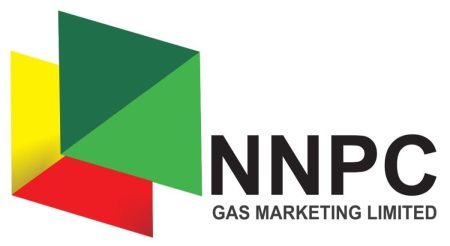
London — Oil rose on Wednesday after plunging more than 2% in the previous session as reports of falling U.S. crude oil and fuel inventories refocused investors on robust demand in the world’s top oil consumer.
Brent crude climbed by 30 cents, or 0.4%, to $81.07 a barrel by 0358 GMT. U.S. West Texas Intermediate crude gained 39 cents, or 0.5%, to $77.46 a barrel.
U.S. crude oil stocks fell by about 6.1 million barrels in the week ended April 21, according to market sources citing American Petroleum Institute (API) figures on Tuesday. Analysts had expected crude inventories to fall by about 1.5 million barrels.
Gasoline inventories fell 1.9 million barrels last week, while distillate inventories rose by 1.7 million barrels, the sources said the API reported. Official stockpiles data from the U.S. government is due on Wednesday.
Oil prices dived more than 2% on Tuesday, returning to the near the same level before the Organization of the Petroleum Exporting Countries (OPEC) and other producer allies such as Russia, known as OPEC+, announced an additional output reduction in early April.
The upward momentum brought by the OPEC cut is running out and Russian oil exports did not show any obvious decrease, leaving the supply-side with no further supports, said Song Yang, analyst from China Galaxy Futures in a note.
While the API data pushed the market higher on Wednesday, lingering economic concerns and expectations of further interest rate hikes that could curtail fuel demand growth are countering the signs of improving short-term consumption gains.
U.S. consumer confidence dropped to a nine-month low in April as worries about the future mounted, further heightening the risk that the economy could fall into recession this year.
“(The data) revealed a sharper-than-expected moderation in consumer confidence, which adds to the list of downside surprises seen since the start of April and points to a more downbeat economic outlook,” said Yeap Jun Rong, market analyst at IG, in a note to clients.
The market is watching out for uncertainties around any spillovers from First Republic Bank (FRC.N) which on Monday reported a flight in deposits of more than $100 billion, stoking fears of a potential banking crisis that could impact the U.S. economy.
Investors also showed concern that potential new interest rate hikes by inflation-fighting central banks could slow economic growth and dent energy demand in the United States, Britain and the European Union.
The U.S. Federal Reserve, the Bank of England and the European Central Bank are all expected to raise rates at their coming meetings. The Fed meets May 2-3.
*Laura Sanicola; Editing: Lincoln Feast – Reuters
Follow us on twitter



